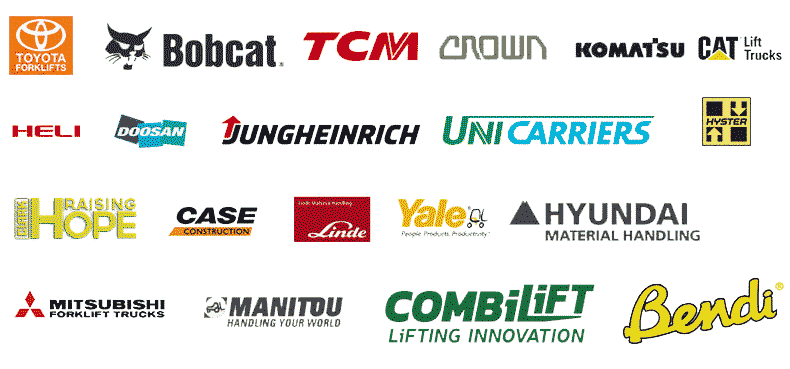24-hour hotline:+8613662168047
Keyword search: battery plant , lithium battery factory , power bank works , lifepo4 battery mill , Pallet Trucks LiFePO4 Battery, LiFePO4 Pallet Trucks Battery, Lithium Pallet Trucks Battery,
Long cycle life (up to 10000 cycles or more), belonging to zero strain materials (volume change less than 1%), without generating traditional SEI films;
High security. It has a high lithium insertion potential, does not generate dendrites, and has extremely high thermal stability during charging and discharging;
Fast charging capability.
The current important factor limiting the use of lithium titanate is its high price, which is higher than traditional graphite. In addition, the gram capacity of lithium titanate is very low, at around 170mAh/g. Only by improving production processes and reducing production costs can lithium titanate's advantages such as long cycle life and fast charging be fully utilized. Combining market and technology, lithium titanate is more suitable for buses and energy storage fields that do not require space.
3. Graphene
Since winning the Nobel Prize in 2010, graphene has received widespread global attention, especially in China. There has been a wave of research and development in China for graphene, which has many excellent properties, such as good transparency, excellent conductivity, high thermal conductivity, and high mechanical strength.
The potential applications of graphene in lithium-ion batteries include:
Used as a negative electrode material. Graphene has a high gram capacity, with a reversible capacity of about 700mAh/g, which is higher than the capacity of graphite negative electrodes. In addition, the good thermal conductivity of graphene ensures its stability in the battery system, and the interlayer spacing of graphene is greater than that of graphite, allowing for smooth diffusion of lithium ions between graphene layers, which is beneficial for improving battery power performance. Due to the immature production process and unstable structure of graphene, there are still certain problems with graphene as a negative electrode material, such as low initial discharge efficiency of about 65%; Poor cycling performance; The price is relatively high, significantly higher than traditional graphite negative electrodes.
As a positive and negative electrode additive, it can improve the stability of lithium-ion batteries, extend cycle life, and increase internal conductivity.
Given the current immature mass production process, high price, and unstable performance of graphene, graphene will be the first to be used as a positive and negative electrode additive in lithium-ion batteries.

Lithium Batteries ,Ensure Quality
Our lithium battery production line has a complete and scientific quality management system
Ensure the product quality of lithium batteries

Years of experience in producing lithium batteries
Focus on the production of lithium batteries

WE PROMISE TO MAKE EVERY LITHIUM BATTERY WELL
We have a comprehensive explanation of lithium batteries


QUALIFICATION CERTIFICATE
THE QUALITY OF COMPLIANCE PROVIDES GUARANTEE FOR CUSTOMERS
MULTIPLE QUALIFICATION CERTIFICATES TO ENSURE STABLE PRODUCT QUALITY
Providing customers with professional and assured products is the guarantee of our continuous progress.




Applicable brands of our products


 Service hotline
Service hotline